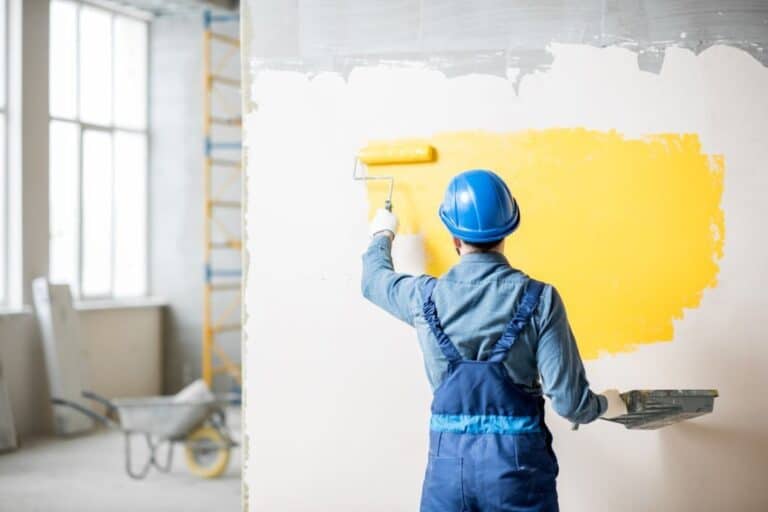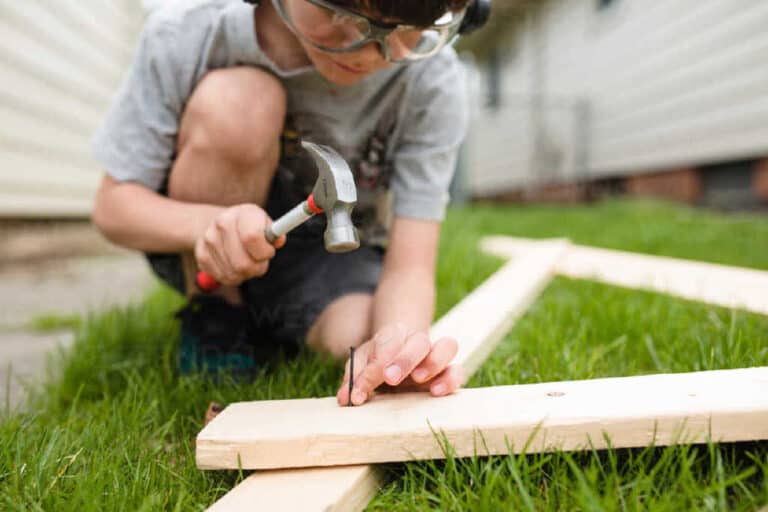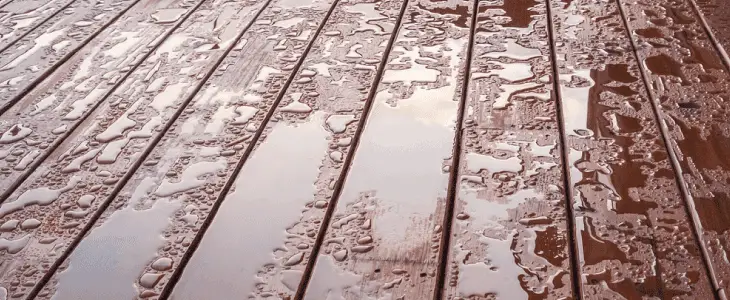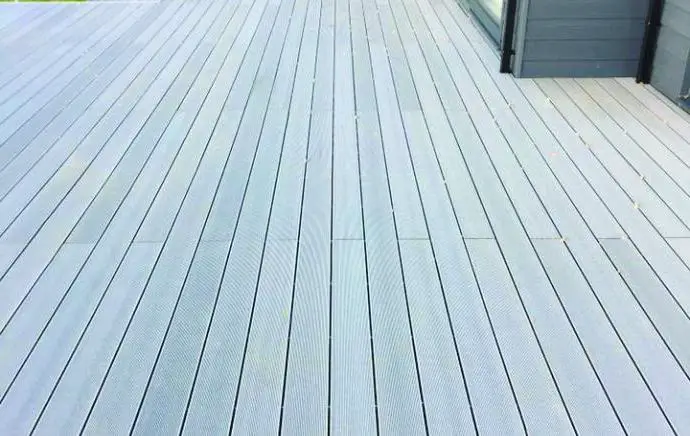Can You Make Potash From Wood Ashes? DIY Fertilizer
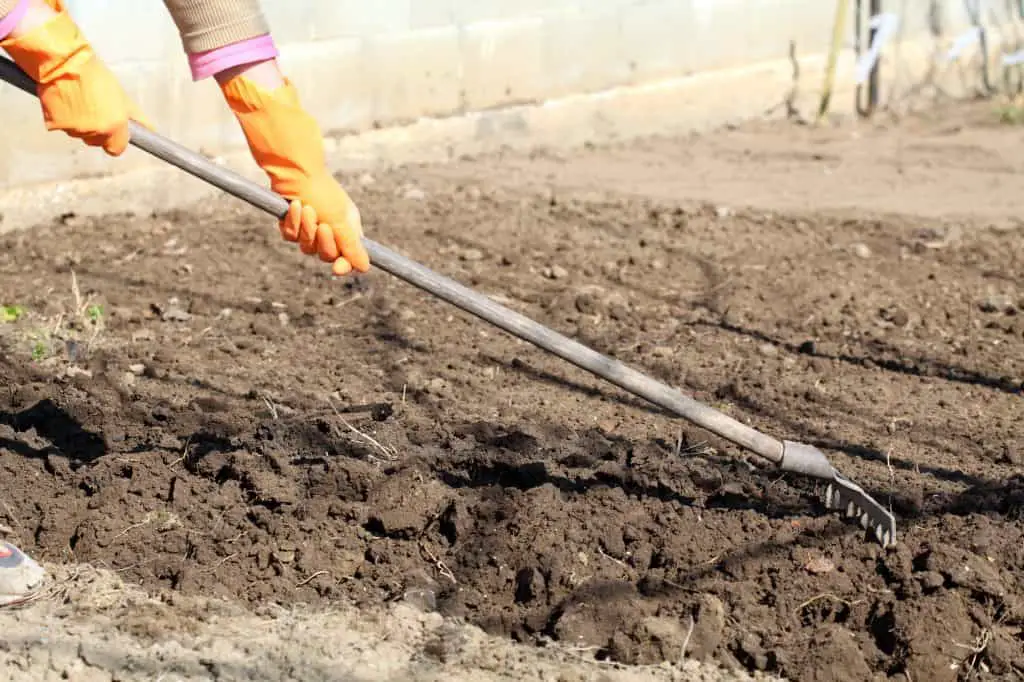
Are you looking for a cost-effective and sustainable way to fertilize your garden? Have you ever wondered what to do with all those wood ashes left over from your bonfires or fireplace?
Look no further, because the answer might be closer than you think. Believe it or not, wood ashes can be transformed into a valuable resource known as potash, which can be used as a natural and organic fertilizer for your plants.
Potash is an essential nutrient for plant growth, and it’s often added to soils that are deficient in potassium. While it’s commonly made from mined ore deposits, it can also be made from wood ashes through a process called leaching. This DIY method can be a great way to turn household waste into a useful resource for your garden.
In this article, we’ll explore the process of making potash from wood ashes, the benefits of using it as fertilizer, and how to use it in your garden. We’ll also cover some important tips and precautions to keep in mind when working with wood ash. So, let’s dive in and discover the world of DIY potash fertilizer!
What is Potash?
Potash is a type of salt that contains potassium in water-soluble form. It’s used primarily as fertilizer, but it also has other applications in industries like soap-making, glass production, and even food processing. Potash can be made from a variety of sources, including mined rock deposits and seawater.
Potash is an important substance that has a wide range of applications in various industries. It is used as a fertilizer to improve the growth of crops, and it is also used in the manufacturing of glass, soap, and other products. Potash can be made from a variety of sources, but the most common method involves the extraction of potassium chloride from underground ore deposits.
How is Potash Made?
The process of making potash starts with mining underground ore deposits. Once the ore is extracted, it is transported to a processing plant, where it undergoes several stages of refinement. The first stage involves crushing the ore into smaller pieces to facilitate the separation of potassium chloride from other minerals.
After the initial crushing, the ore is treated with a chemical solution that dissolves the potassium chloride. The solution is then separated from the other minerals and purified through a process called crystallization. During this process, the potassium chloride is separated from the other dissolved minerals, and it is then collected as a solid. This solid potassium chloride is then further processed to create various forms of potash.
Making potassium sulfate, which is one of the most prevalent forms of potash, requires mixing potassium chloride and sulfuric acid. This process produces a white, crystalline substance that is water-soluble and can be used as fertilizer.
Making potassium nitrate from potassium chloride and nitric acid is another way to make potash. This process produces a white, crystalline substance that is also water-soluble and can be used as fertilizer.
In addition to these two common forms of potash, there are also other types of potash that can be made through different processes. For instance, mixing potassium sulfate and magnesium sulfate produces langbeinite, which is a type of potash. This process produces a substance that is high in both potassium and magnesium, making it a useful fertilizer for certain crops.
Can You Make Potash from Wood Ashes?
The short answer is yes, you can make potash from wood ashes. Wood ashes contain potassium in the form of potassium carbonate, which can be converted into potassium hydroxide, a type of potash, through a process called leaching.
Here’s how to make potash from wood ashes:
- Collect your wood ashes: Start by collecting the ashes from your fire pit or fireplace. Make sure to sift out any large pieces of charcoal or unburned wood, as these won’t be useful in making potash.
- Add water: Add water to your ashes and stir the mixture to create a slurry. Let the mixture sit for a few hours to allow the ashes to settle to the bottom.
- Drain the liquid: Carefully drain the liquid from the top of the mixture, being careful not to disturb the settled ashes at the bottom.
- Boil the liquid: Boil the liquid in a large pot until it’s reduced by about half. You should see a white, powdery substance start to form on the surface of the liquid.
- Strain the potash: Once the liquid has cooled, strain it through a coffee filter or cheesecloth to remove any remaining impurities. The white, powdery substance that’s left behind is potash.
It’s important to note that the potash you make from wood ashes may not be as pure or concentrated as commercial potash. However, it can still be useful in certain applications, such as in making soap or as a fertilizer for plants.
Tips and Tricks for Making Quality Potash from Wood Ashes
If you’re planning to make potash from wood ashes, here are some tips and tricks to help you get the best results:
- Use hardwoods such as oak or maple, as these contain more potassium.
- Avoid using ashes that contain charcoal, as this can reduce the quality of the potash.
- Use clean, dry ashes to ensure that your potash is of good quality.
- Use a large container to soak the ashes, as this will help to extract more potassium carbonate.
- Filter the solution carefully to remove any impurities or solid material.
- Use low heat when evaporating the solution to prevent the potash from burning or discoloration.
Other Uses for Wood Ashes
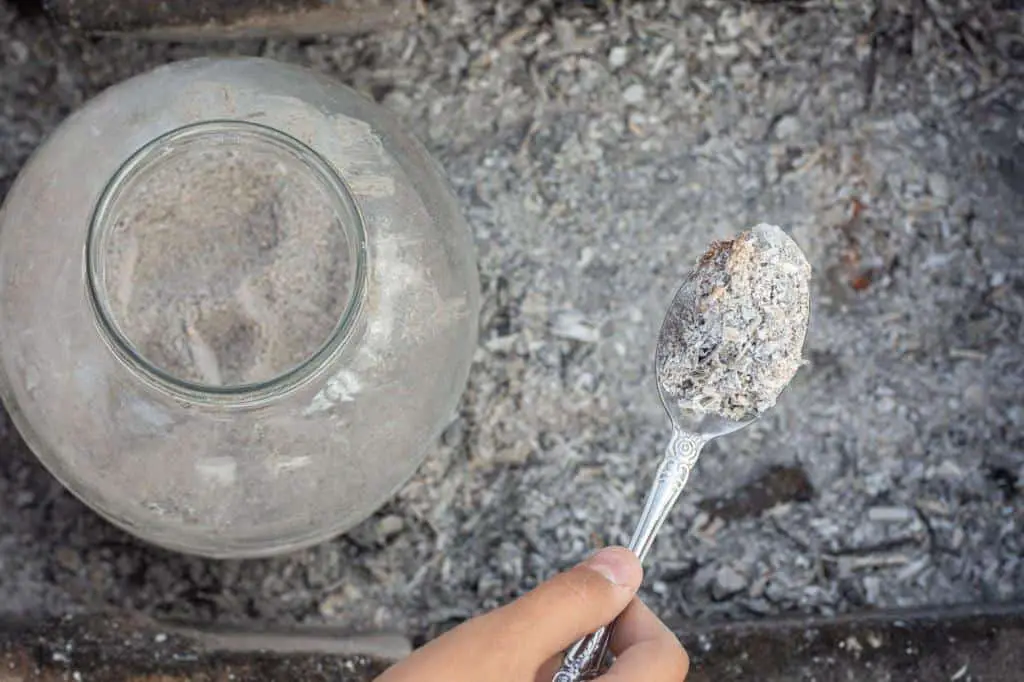
In addition to making potash, wood ashes have several other practical uses. Here are a few examples:
- Soil amendment: Wood ashes can be used to amend soil, as they contain various nutrients like calcium, magnesium, and potassium. However, it’s important to use them sparingly, as too much can raise the pH level of the soil.
- Pest control: Wood ashes can be used to repel certain pests, like slugs and snails, when sprinkled around the base of plants.
- Cleaning agent: Wood ashes can be used as a gentle abrasive to clean pots and pans.
- Deodorizer: Wood ashes can help absorb odors in a refrigerator or trash can.
Conclusion
Wood ashes are a versatile and useful substance that can be used in a variety of ways. While they can be used to make potash, it’s important to note that the potash you make from wood ashes may not be as pure or concentrated as commercial potash. However, it can still be a cost-effective option for certain applications, especially for those who enjoy DIY projects or want to reduce waste.
Before using wood ashes for any purpose, it’s important to make sure they’re free of any contaminants like metal or glass. It’s also important to use them in moderation, as they can raise the pH level of the soil and harm plants if used in excess.
Overall, wood ashes can be a valuable resource for those who use fire pits or fireplaces, as they can be repurposed in a variety of useful ways. Whether you’re making potash or using them as a natural pest repellent, wood ashes can provide a sustainable and cost-effective solution for many common household needs.
FAQs on Making Potash from Wood Ashes
Can I use any type of wood to make potash?
While you can use any type of wood to make potash, hardwoods such as oak and maple are generally preferred because they contain more potassium.
How long does it take to make potash from wood ashes?
The process of making potash from wood ashes can take several days, depending on the method used.
Can I make potash from ashes generated from burning coal or other materials?
No. Ashes generated from burning coal or other materials are not suitable for making potash, as they may contain harmful contaminants.
How do I know if my potash is of good quality?
Good-quality potash should be white or gray in color, with a crystalline texture. It should not have a strong odor, and it should dissolve easily in water.

